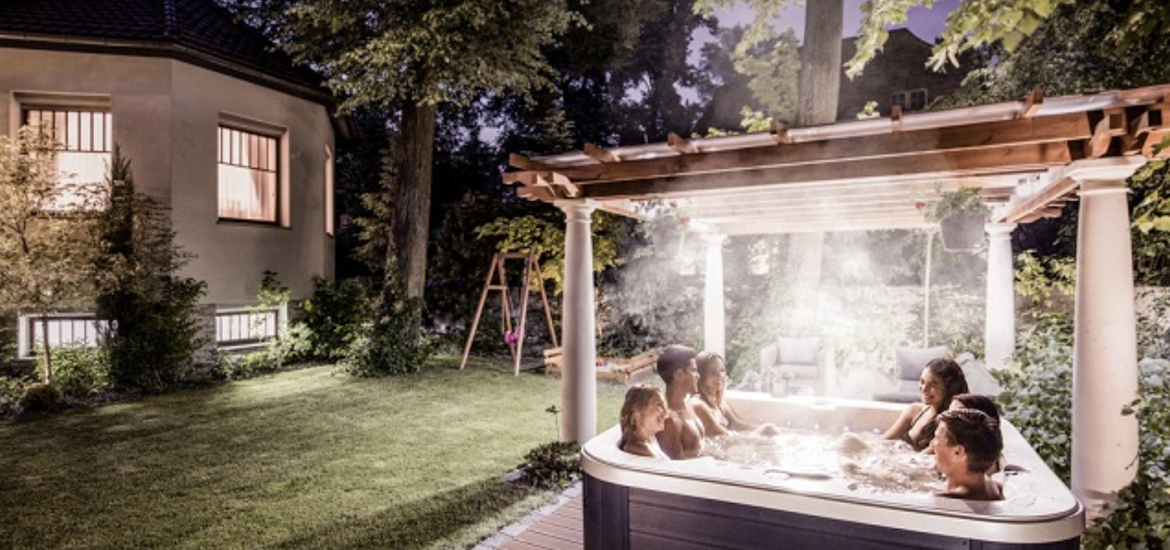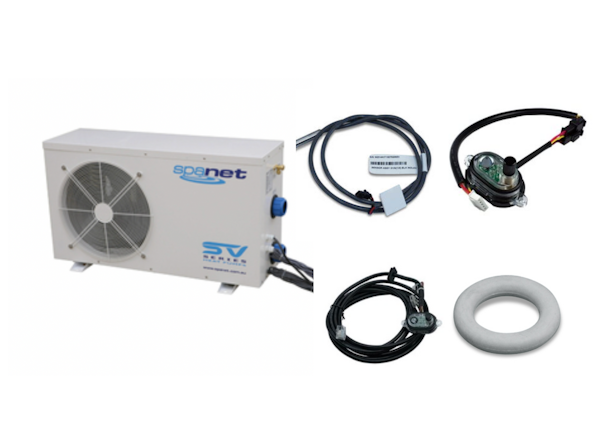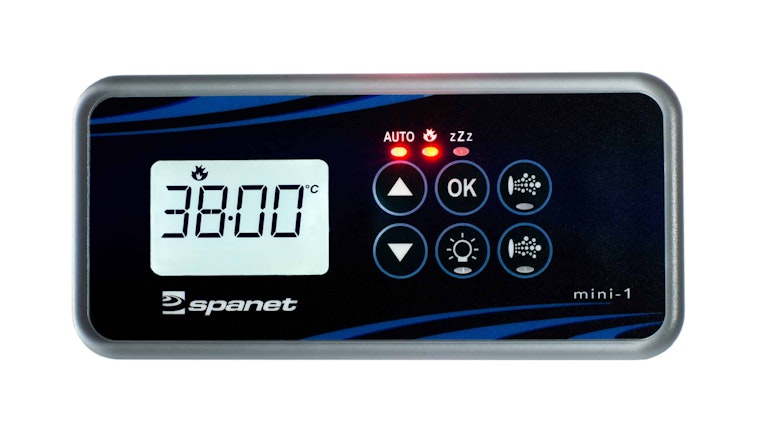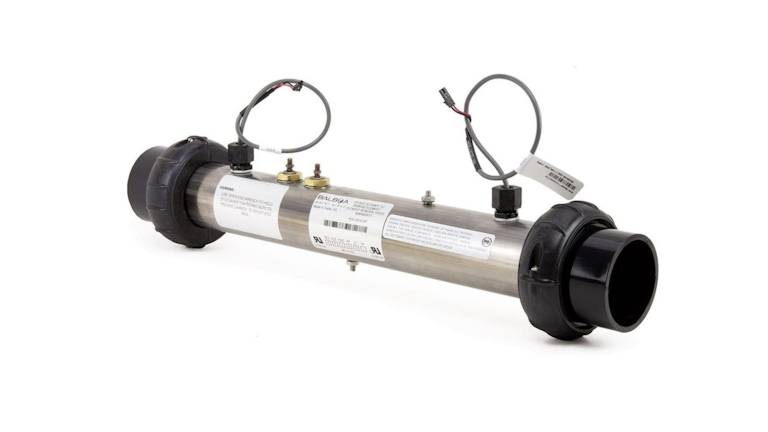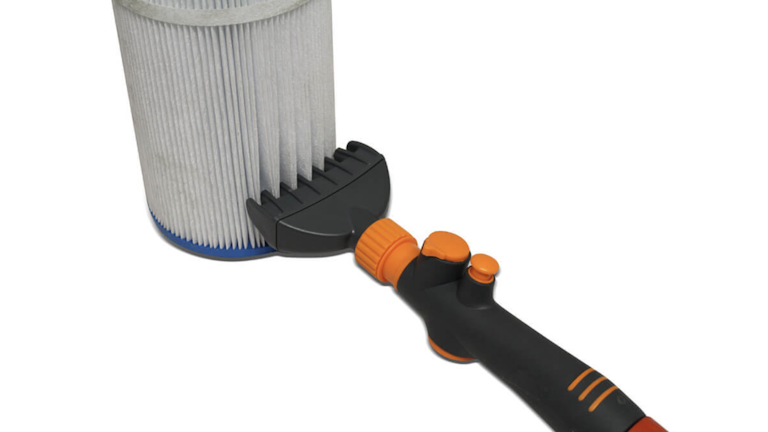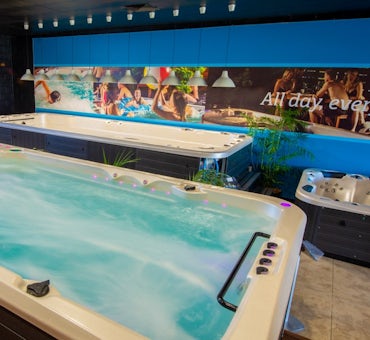In this article we’ll discuss how a spa heater works and provide some troubleshooting steps if your spa is not heating up. We’ll also talk about the different types of heaters that are available, including pros and cons and the costs of different types of spa heaters.
We answer questions such as:
- How does a spa heater work?
- How much does a spa heater cost?
- How long does it take to heat a swim spa?
- How do I turn on my spa heater?
- Can I replace my spa heater?
- How can I make my spa heater last longer?
And more!
